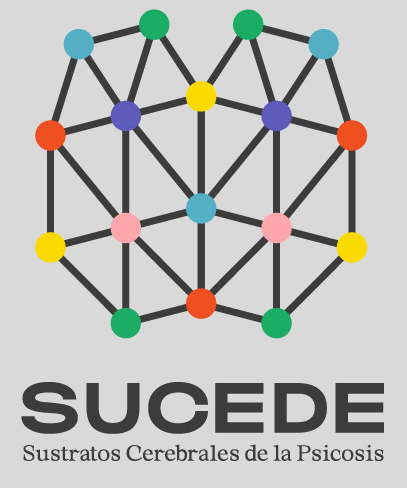In today’s session we review two papers that study in a novel way the potential Frequency Following Response (FFR) in patients with schizophrenia with the aim also to test its capacity as a biomarker for procognitive therapies. The articles are as follows: “The viability of the frequency following response characteristics for the use as biomarkers of cognitive therapeutics in schizophrenia” and “Evaluation of the frequency following response as a predictive biomarker of response to cognitive training in schizophrenia” (both Clayson et al. 2021).
You can watch the video of the session on our YouTube channel.
The FFR is an early potential whose main characteristic is that it represents the synchronous neuronal activity evoked by a sound that corresponds to the stimulus characteristics themselves. Its advantages are its high ecological validity (evoked by syllables in an auditory-based intervention context), its great malleability (sensitive to auditory training interventions and to changes in cognitive functioning) and its representation as a direct window to the coding of stimulus activity very early at the midbrain level.
The first paper aims to study the psychometric properties of this potential in patients with schizophrenia as well as in healthy control subjects, to study its alteration in this type of patients and also its relationship with other speech perception, cognition and clinical measures. This work concludes that patients with schizophrenia present significant deficits in the FFR response, a strong psychometric internal consistency of its measures and its potential as a predictive biomarker of pro-cognitive treatments.
The second paper seeks to study the capacity for change of FFR responses in patients with schizophrenia, as well as its potential as a predictive biomarker of cognitive intervention (in this case Target Cognitive Training – TCT). The authors conclude that the FFR has poor malleability in both the short and long term, nor does it adequately predict a better response to auditory TCT. This may be due to an intrinsic limitation of the study such as the use of a cohort of chronically refractory patients. Likewise, other approaches and measures of FFR potential change could provide better results.
In conclusion, the FFR potential is shown to be significantly altered in patients with schizophrenia, but has not been shown to be sensitive to treatment intervention. Nevertheless, it is recommended to continue studying alternative forms and measures of this potential given the positive results found in other disorders such as autism.



